- Savage Blog
- The Importance of the North American Model of Wildlife Conservation
The Importance of the North American Model of Wildlife Conservation
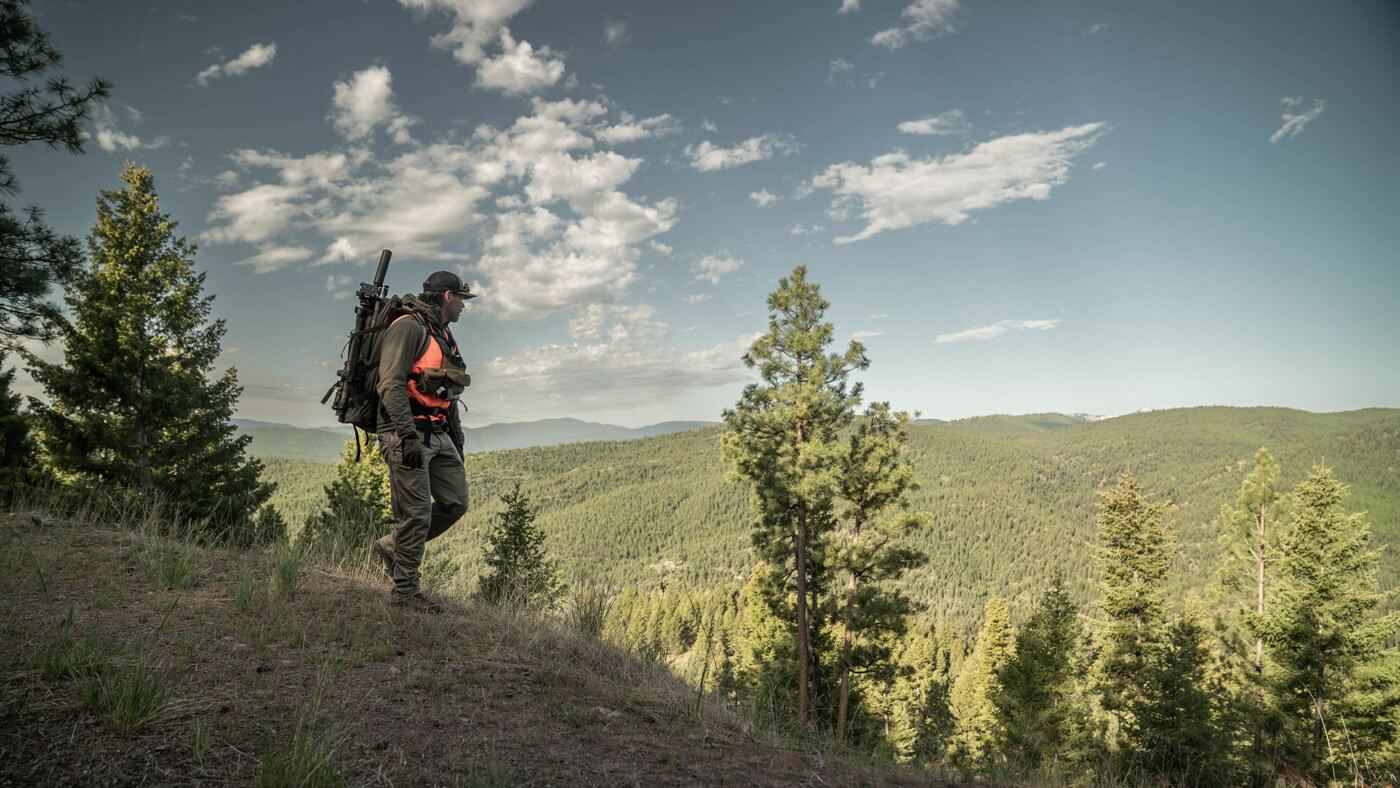
Wildlife populations across North America are abundant. You can find healthy, established populations of deer, waterfowl, turkeys, elk, and many other game animals across the continent. Today, we take that for granted. But not long ago, many wildlife populations were on the brink of collapse. What reversed this decline wasn’t just chance—it was the adoption and widespread application of the North American Model of Wildlife Conservation.
This model is more than just a set of ideals; it’s a practical framework built over a century that guides the wildlife conservation principles of today. Its principles shape conservation law, hunting regulations, funding mechanisms, and the role that citizens play in maintaining healthy ecosystems.
Origins of the Model
Market Hunting Impacts on Wildlife
In the 19th century, a wildlife crisis threatened populations across several species. Unregulated market hunting decimated wildlife populations, some to the point of near extinction. Whitetail deer, elk, and waterfowl were few and far between. Wild turkeys were a rare sight, and bison populations dwindled to only a few wild specimens remaining. There were few laws or enforcement measures in place to prevent such exploitation, and care for the health of wildlife was essentially non-existent.
Early Conservation Leaders
Alarmed by the loss of native wildlife, early conservationists, hunters, and public figures began advocating for change. Influential leaders like Theodore Roosevelt and Aldo Leopold laid the groundwork for a new philosophy; the conservation philosophy of conserving wild spaces and a respect for the wildlife that inhabited them. These leaders gave rise to the conservation movement of sportsmen that aimed to preserve the resources they cherished for future generations.
Regulatory Frameworks
At the turn of the 20th Century, legal support began to come into focus for conservation. The Lacey Act was the first law established to protect wildlife in the US, banning the interstate shipment of illegally taken game. Several other key pieces of legislation would follow in the following years, with the Federal Migratory Bird Law (1913), Migratory Bird Treaty Act (1918), and the Migratory Bird Conservation Act (1929) all being passed to protect migratory birds, establish hunting regulations for these species, and establish some of the first international cooperation for wildlife conservation.
Later acts like the Fish and Wildlife Coordination Act (1934), the Migratory Bird Hunting Stamp Act (1934), and the Pittman-Robertson Act (1937) established the critical framework of federal and state wildlife agency cooperation and wildlife conservation funding that is responsible for millions of dollars annually of funds that are used to improve wildlife habitat, study game populations, provide hunter education, and manage public lands across the country.
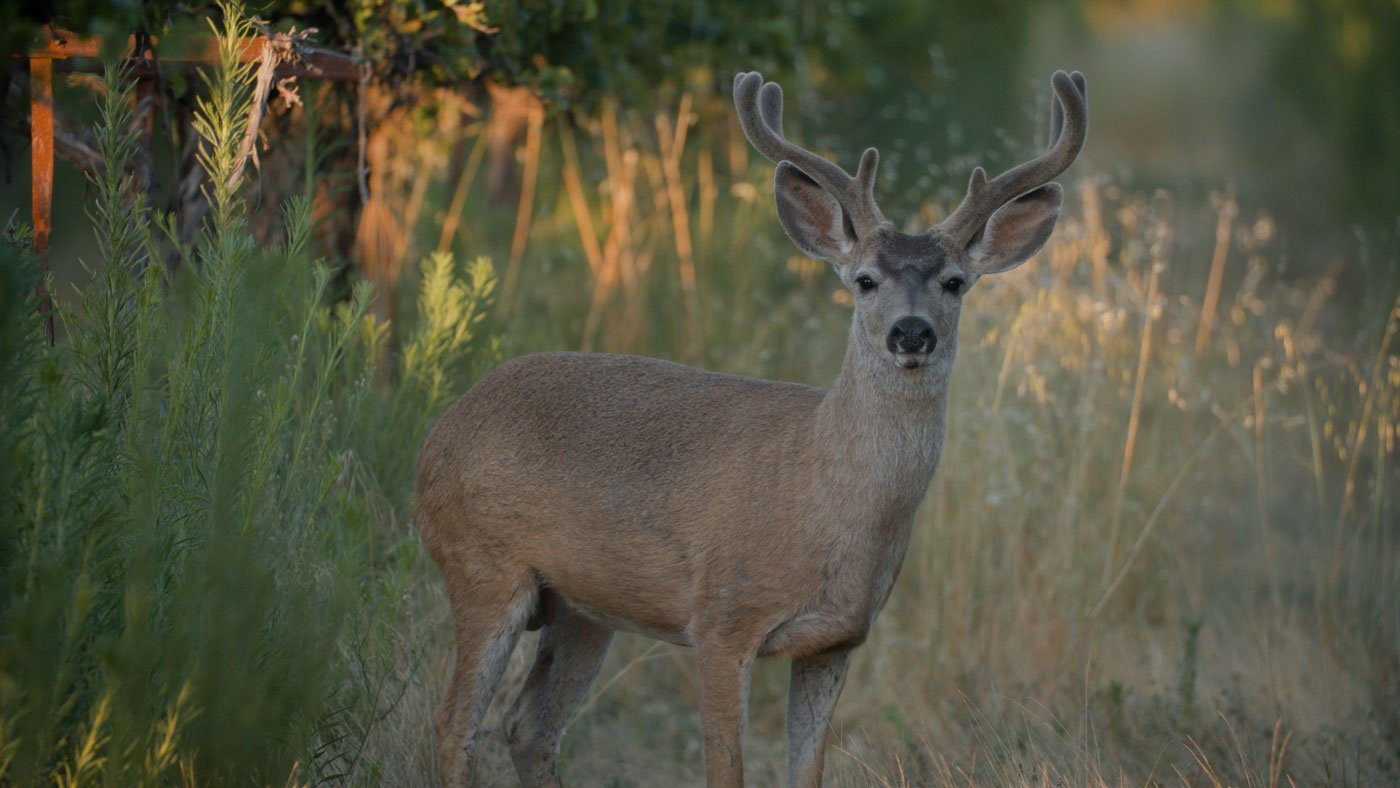
Tenets of the North American Model
The North American Model of Wildlife Conservation that we know today is built on seven core principles, each contributing to the model’s strength and longevity as the leading wildlife conservation model in the world.
1. Wildlife as a Public Trust
The first tenet is the most important: that wildlife is held as a public resource and is not owned by any individual or corporation. This publicly owned resource is managed by state and federal wildlife agencies for all to enjoy through science-based management tools.
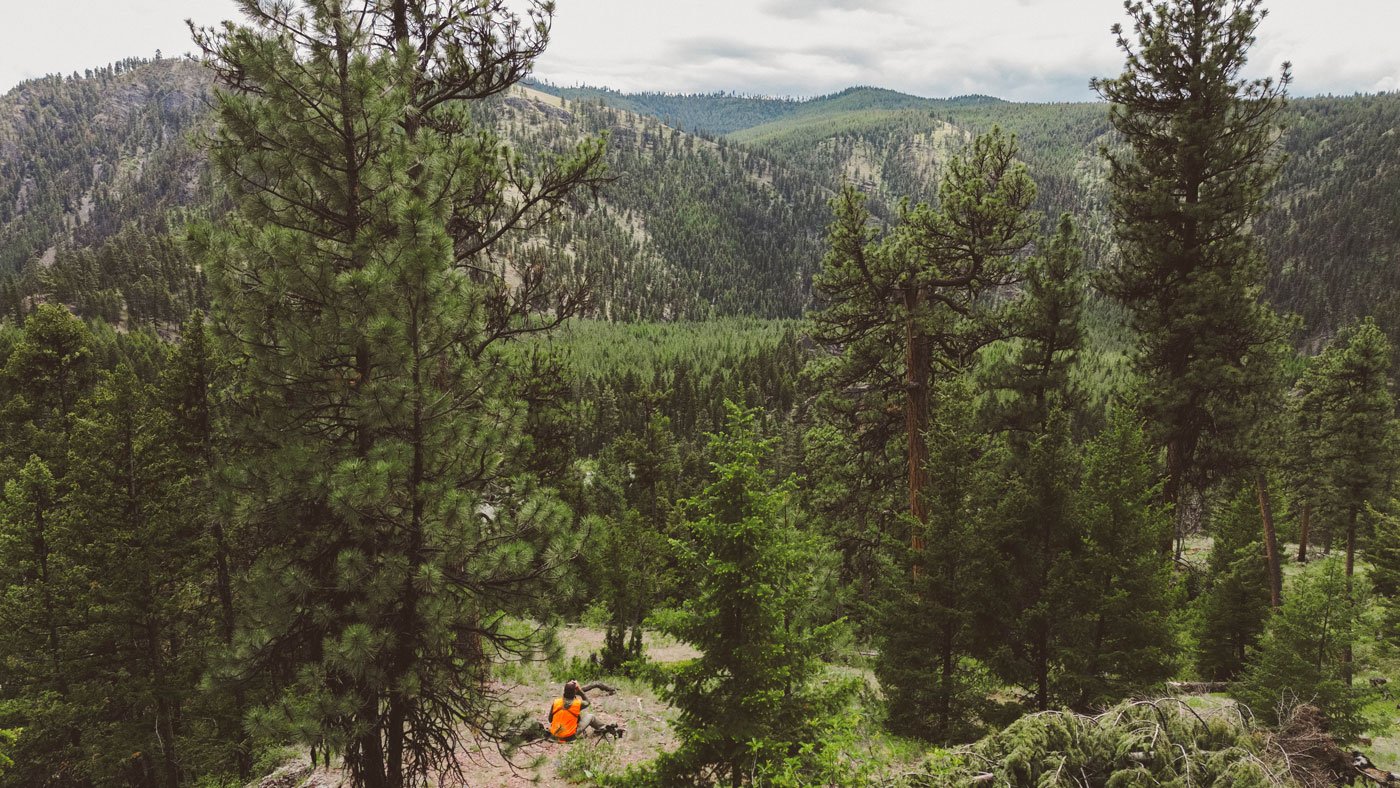
2. Elimination of Market Hunting
The outlawing of market hunting has driven a remarkable rebound of wildlife populations across North America today. Strict laws have been put in place, making it illegal to sell wildlife parts of harvested animals for financial gain, ensuring that the motivations for pursuing and taking wildlife are ethical and responsible.
3. Allocation of Wildlife by Law
Laws and regulations are used to govern who, when, and how wildlife can be harvested through season dates, methods of take, hunting license sales, and other wildlife regulations. This ensures that wildlife will not be overharvested, and the resource can be enjoyed by all now and in the future.
4. Wildlife is Harvested for Legitimate Purposes
Game animals can only be harvested for legitimate purposes, such as for food, furs, self-defense, or defense of property. Frivolous reasons, such as taking only a trophy of the animal or selling harvested animals for monetary gain, are strictly prohibited.
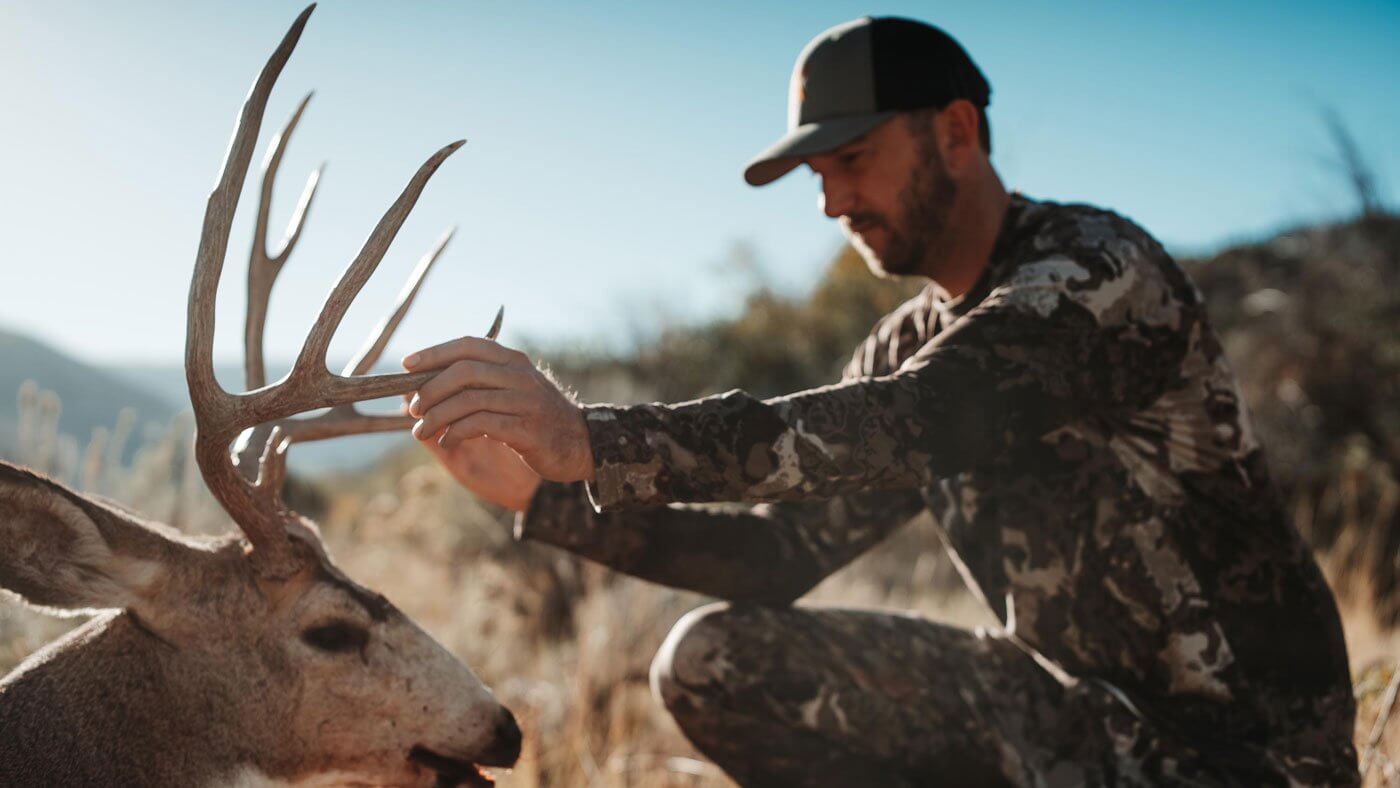
5. Wildlife is an International Resource
Wildlife does not adhere to borders on a map. Implementing common management of migratory birds and game animals is essential for successful conservation efforts and healthy populations.
6. Equal Opportunity Under the Law for All to Participate in Hunting and Fishing
Access to hunting and fishing is available to everyone, regardless of wealth or status. Ensuring access to healthy herds through science-based management and access to places to hunt through public lands ensures that generations of hunters and anglers will continue to connect with conservation and preserve wildlife for others.
7. Scientific Management is the Proper Means for Wildlife Conservation
Decisions regarding wildlife populations, seasons, and limits must be based on the best available science conducted by state and federal wildlife management professionals. Research, objective observations, and the scientific method are the foundation of how wildlife management is performed.

Impacts on Conservation and Wildlife Recovery
The implementation of the principles of the North American Model of Wildlife Conservation has led to one of the greatest environmental recoveries in history. Many wildlife species that were once in critical danger across North America are thriving today, all thanks to the efforts of conservationists, hunters, anglers, and wildlife managers.
Wildlife Restoration Efforts
Thanks to habitat restoration, regulated hunting, and science-based management, populations of many game species have rebounded to healthy, sustainable levels today. Whitetail deer, wild turkey, elk, and waterfowl—once in decline—now thrive in areas where they had previously vanished. Efforts also continue today to reintroduce these species to areas of their historic range where they had vanished over time.
Conservation Funding
What makes the North American Model of Wildlife Conservation the most successful conservation model in the world is the user-paid system that funds it. Hunters and anglers are directly responsible for funding conservation projects around the country through their purchases of firearms, ammunition, hunting, and fishing gear. These dollars, generated from excise taxes through the Pittman-Robertson and Dingell-Johnson Acts, have restored millions of acres of wildlife habitat, funded critical research projects across the country, and provided funding for educating our next generation of hunters.
These user-funded contributions are essential to the long-term success of wildlife programs and are a direct result of the public trust doctrine embedded in the model. Every time a Savage firearm is purchased, whether a trusted Model 110 rifle or a reliable Renegauge shotgun, a portion of that sale goes directly to supporting conservation at the local, state, and federal levels.
Formation of Wildlife Organizations
The heightened awareness of conservation and its impacts on preserving game animals led to the rise of many of today’s wildlife conservation organizations. Groups like Delta Waterfowl, the National Wild Turkey Federation, and the Mule Deer Foundation play vital roles in supporting conservation, habitat protection, and education efforts through their chapters and members.
These groups often work with state fish and wildlife agencies to promote conservation through funding habitat improvements, opening land access, and supporting education programs. Savage is proud to work with these groups and their continued efforts to support conservation and raise awareness for conservation initiatives among the community of hunters and outdoor recreationists!
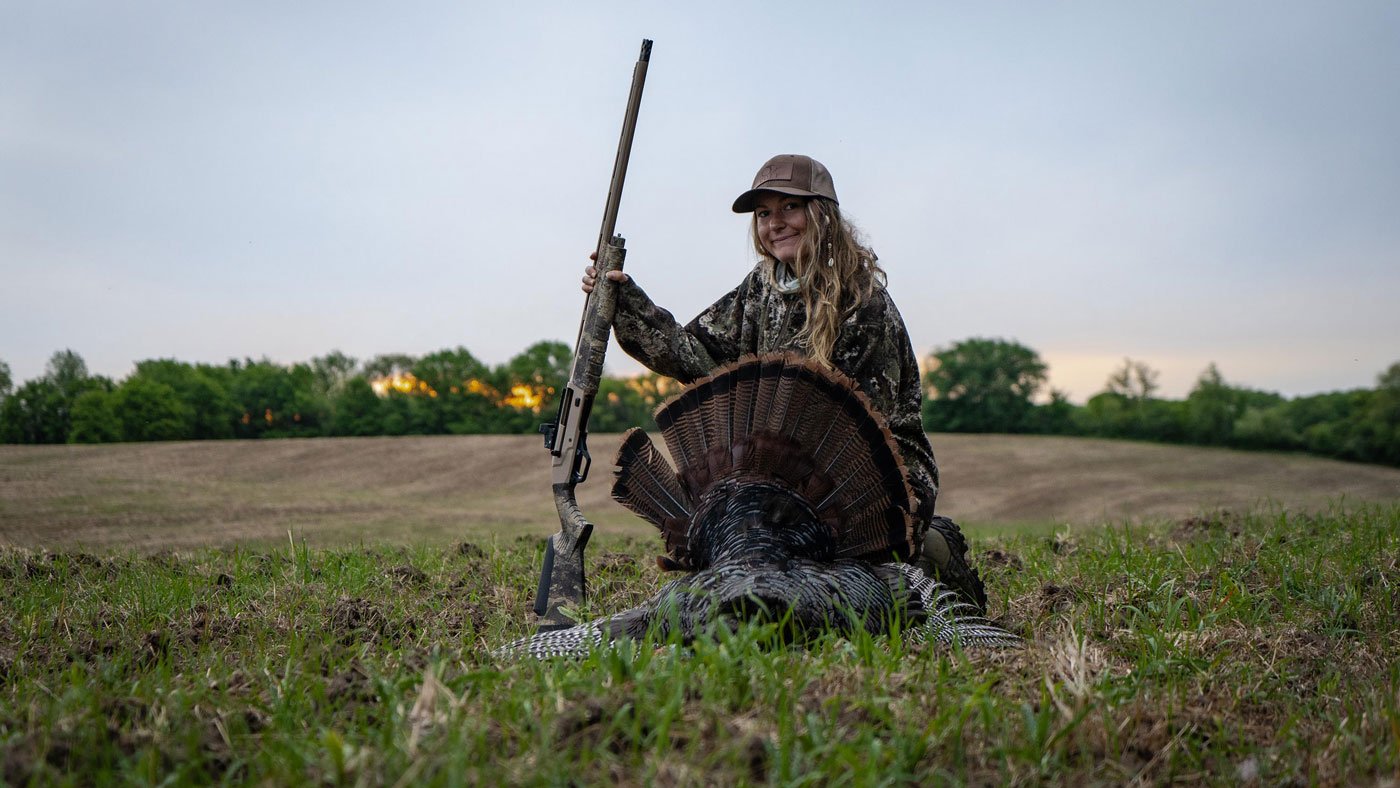
The North American Model Today
While its tenets have guided conservation for over 100 years, the North American Model of Wildlife Conservation wasn’t formally recorded and recognized until 2001. Today, it is the guiding model for wildlife professionals across the country, and it is the foundation of the continued use of science-based conservation to support wildlife.
USFWS and State Wildlife Agencies
The U.S. Fish and Wildlife Service and individual state wildlife agencies are the backbone of conservation efforts. These agencies manage game populations, enforce hunting regulations, protect and restore habitat, and fund research efforts to better understand wild game animals. Their work is grounded in the model’s principles, ensuring wildlife is conserved not just for today, but for generations to come.
Wildlife Organizations
Beyond government agencies, nonprofit organizations and conservation-minded hunters continue to advocate for responsible management and support conservation through their own funding. They engage in habitat work, support mentored hunting programs, and invest in research to preserve and protect wildlife for everyone.
Threats to Conservation
Despite its success, the North American Model of Wildlife Conservation and conservation in general face threats and challenges from an ever-changing modern world:
Urbanization and habitat loss threaten many species that have been restored through past conservation efforts. Wildlife managers continue to study how these changes have affected wild game populations and what regulations may need to be adjusted as a result.
Declining hunter participation will affect conservation funding, as fewer participants in thes system means fewer dollars going in towards conservation. Recruitment, retention, and reactivation (R3) efforts from state fish and wildlife agencies and conservation organizations aim to reverse the trend of declining participation by attracting new users to start hunting, retaining those who currently hunt, and bringing those who have previously stopped hunting back into the fold.
Anti-hunting movements attempt to separate conservation from sustainable hunting practices. In some states, anti-hunting groups have taken to placing anti-hunting bills and amendments on state election ballots in order to get around state wildlife agencies and their conservation commissions that are responsible for setting hunting regulations. These organizations have also turned to getting animal rights and anti-hunting activists on state game commissions to further their goals.
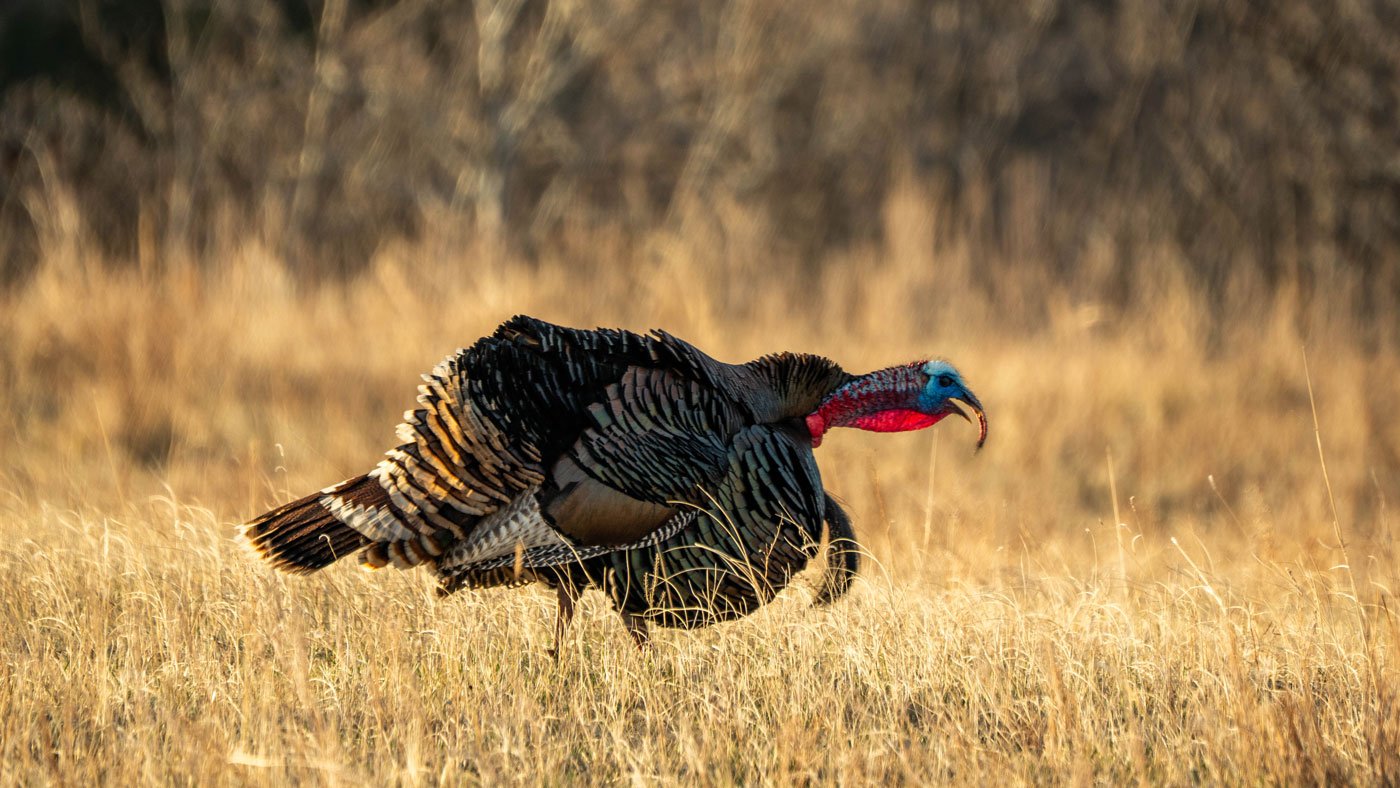
The North American Model of Wildlife Conservation is a shining example of how to responsibly manage wildlife resources. It combines democratic principles, public funding, science-based management, and ethical hunting traditions into a system that has reversed the course of wildlife decline and allowed much of that wildlife to flourish for decades.
Whether you're a hunter, conservationist, or simply a lover of the outdoors, the continued health of North America’s wild resources depends on the hunting public’s understanding and support of this world-renowned conservation framework.

